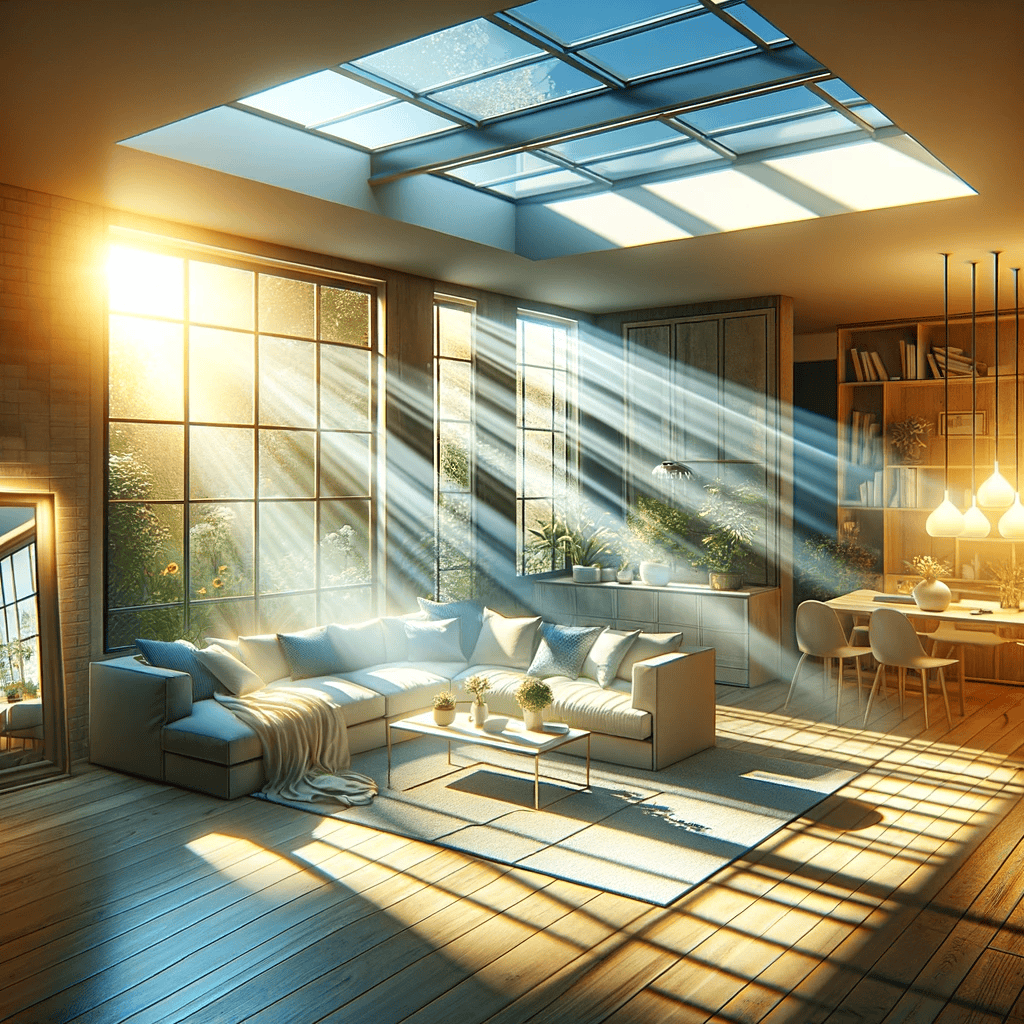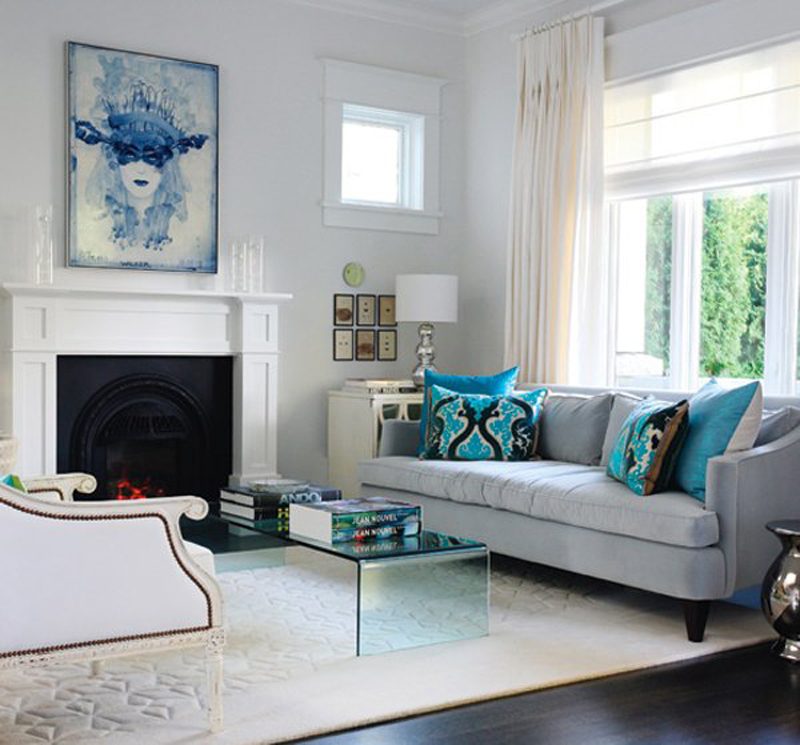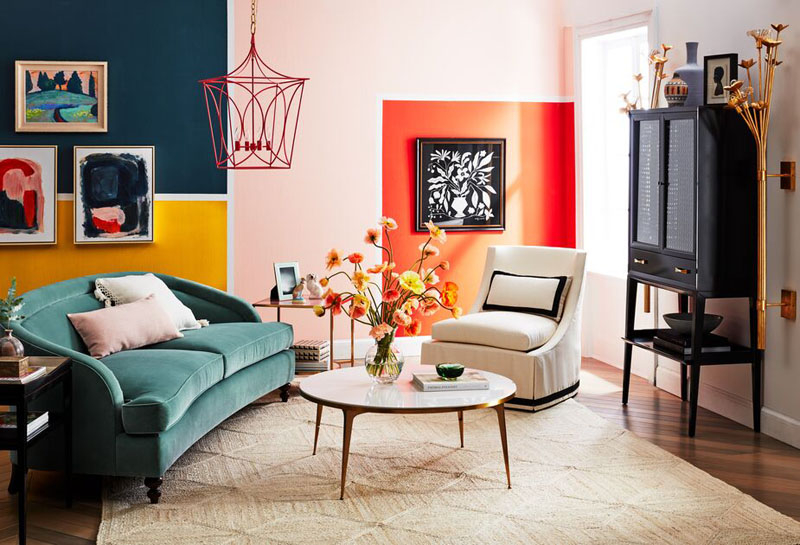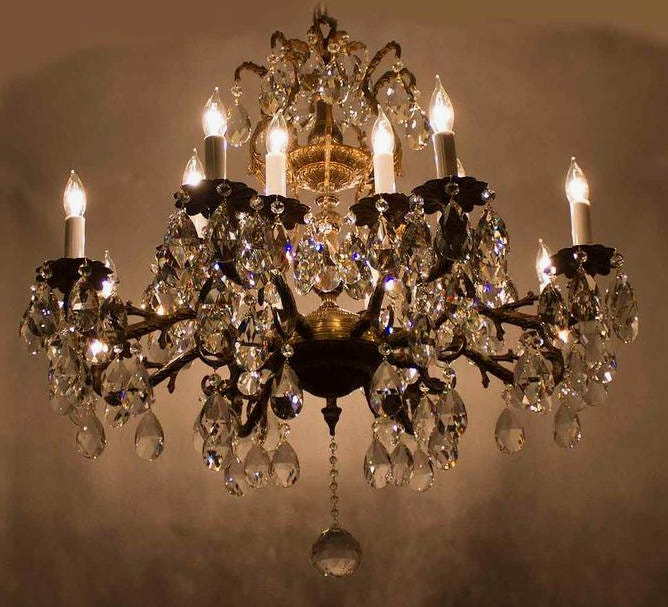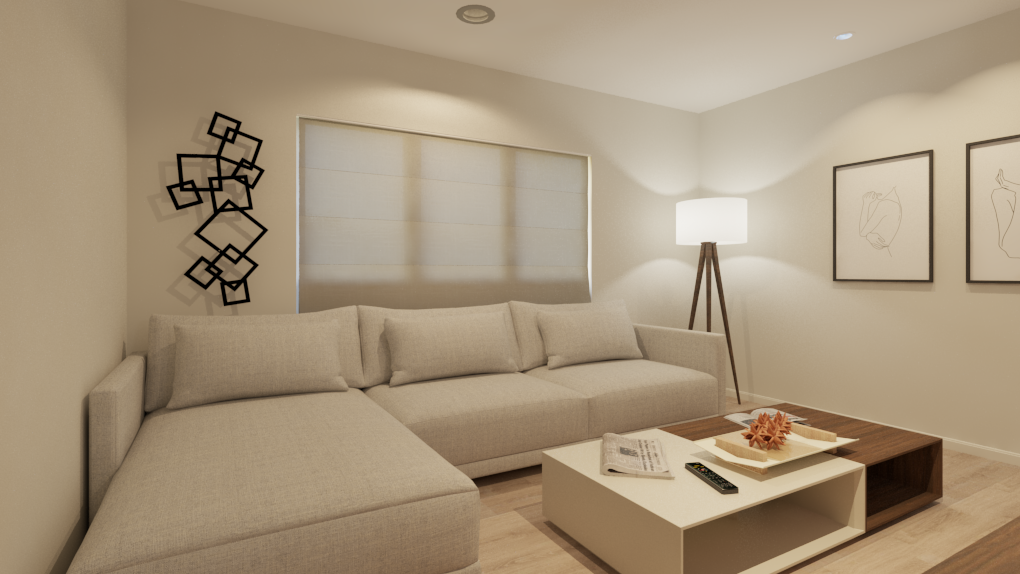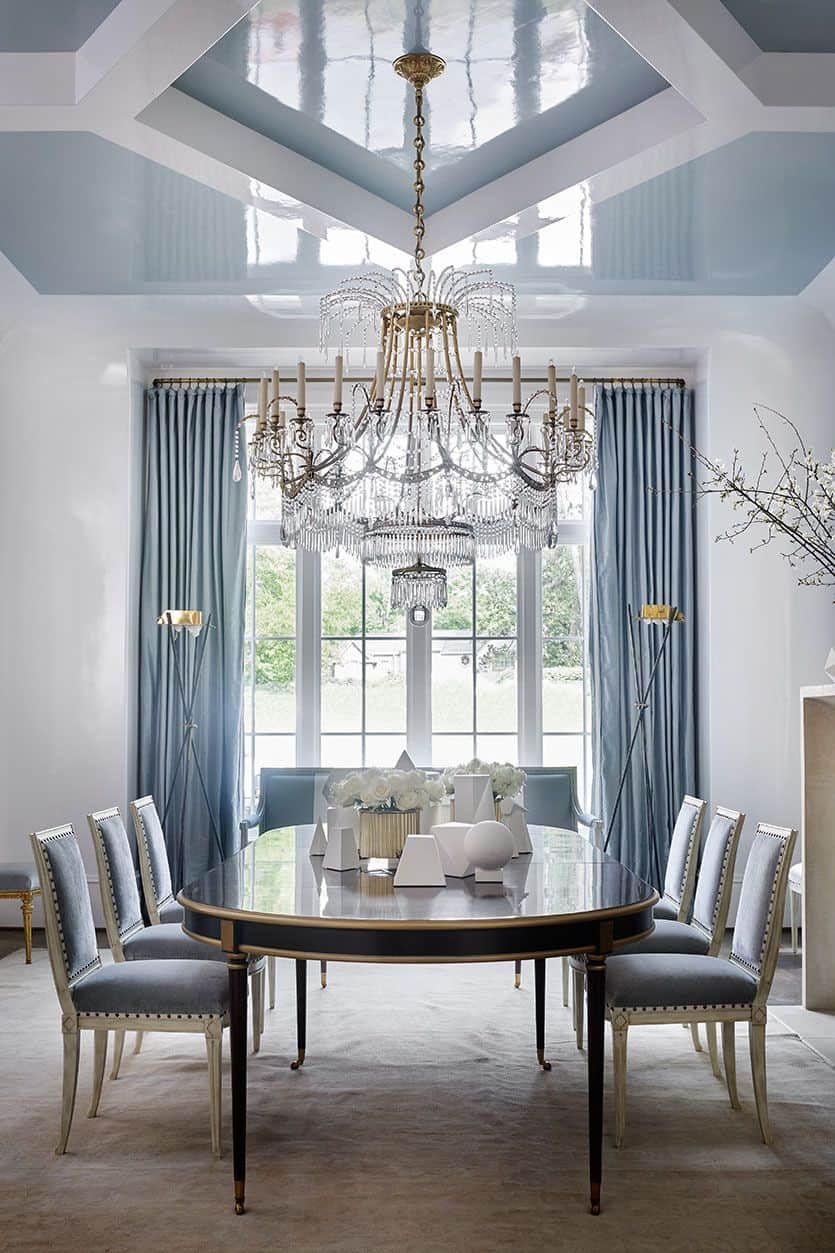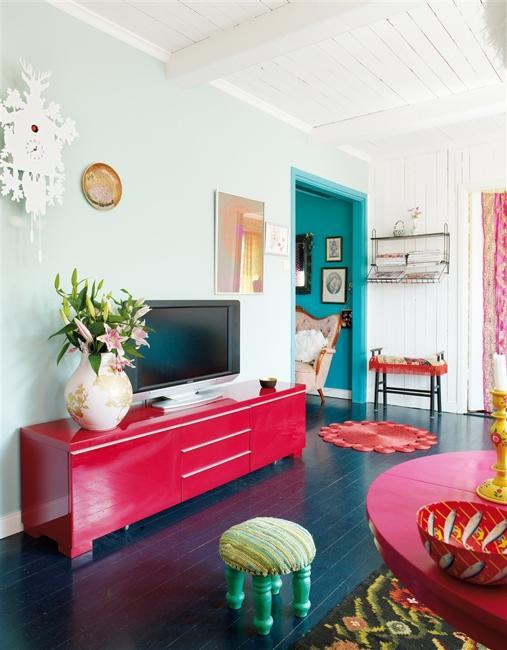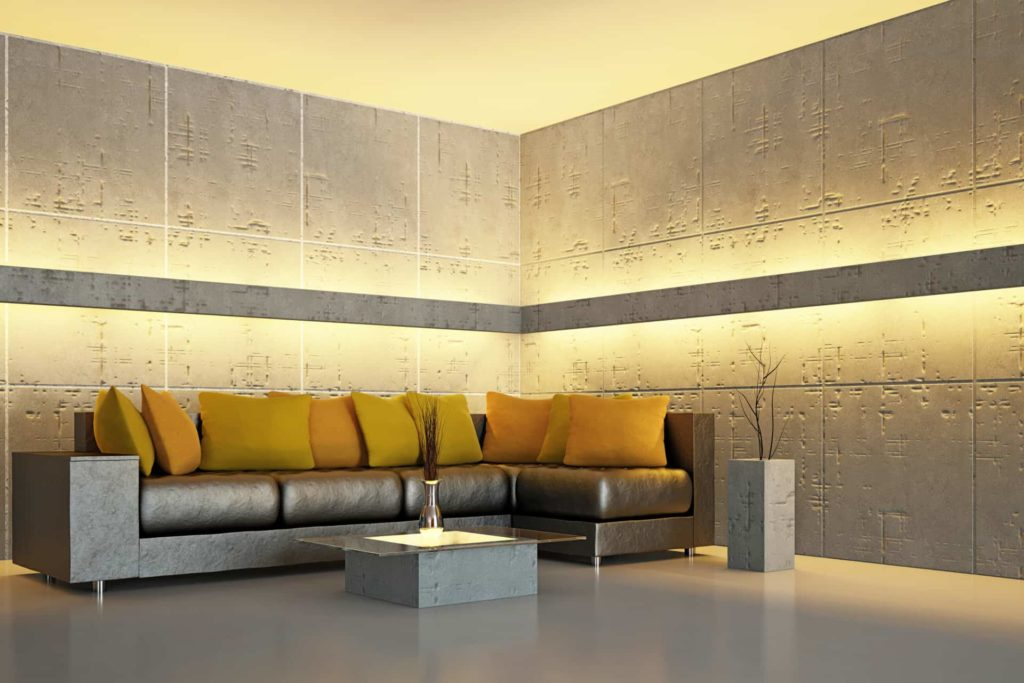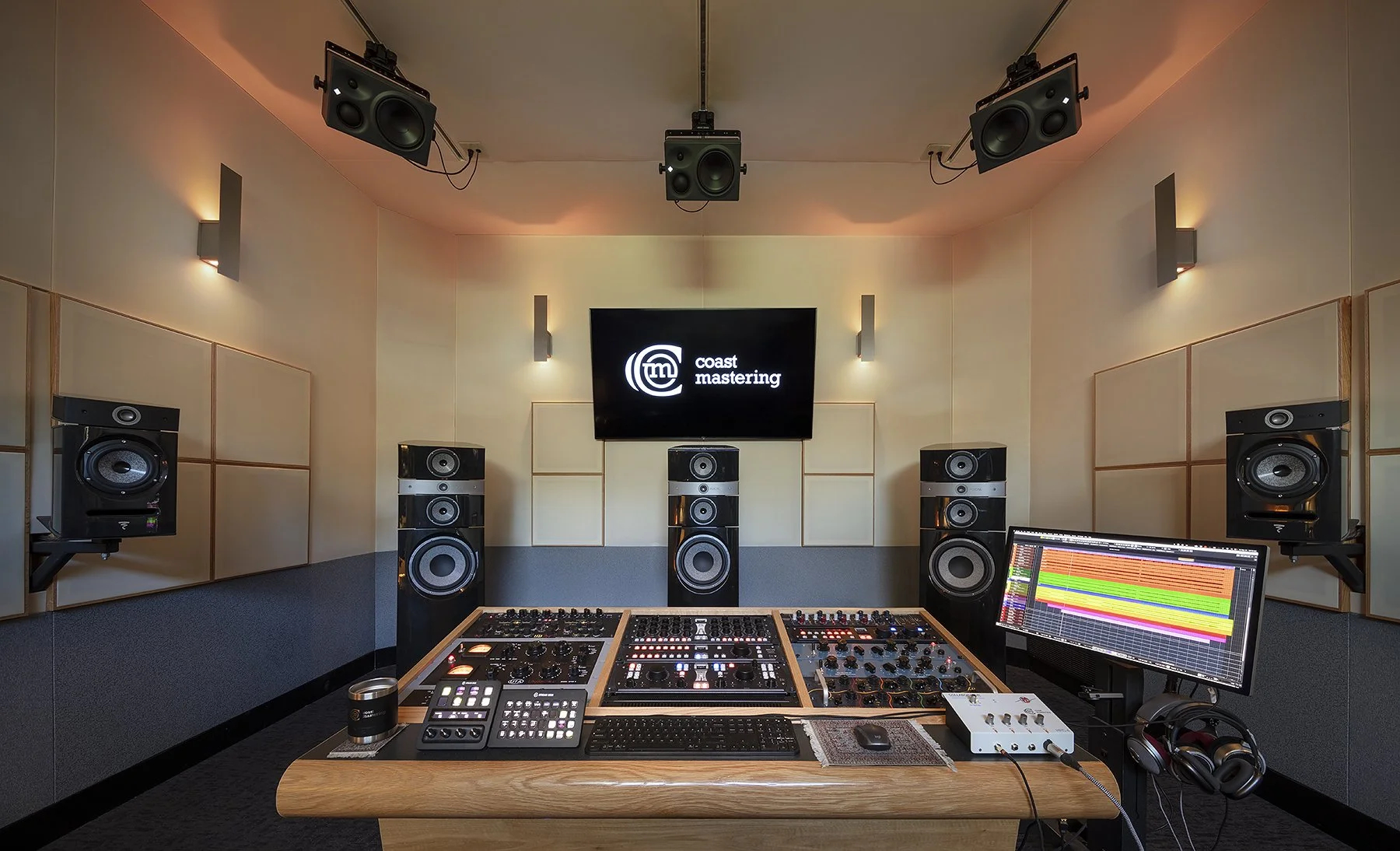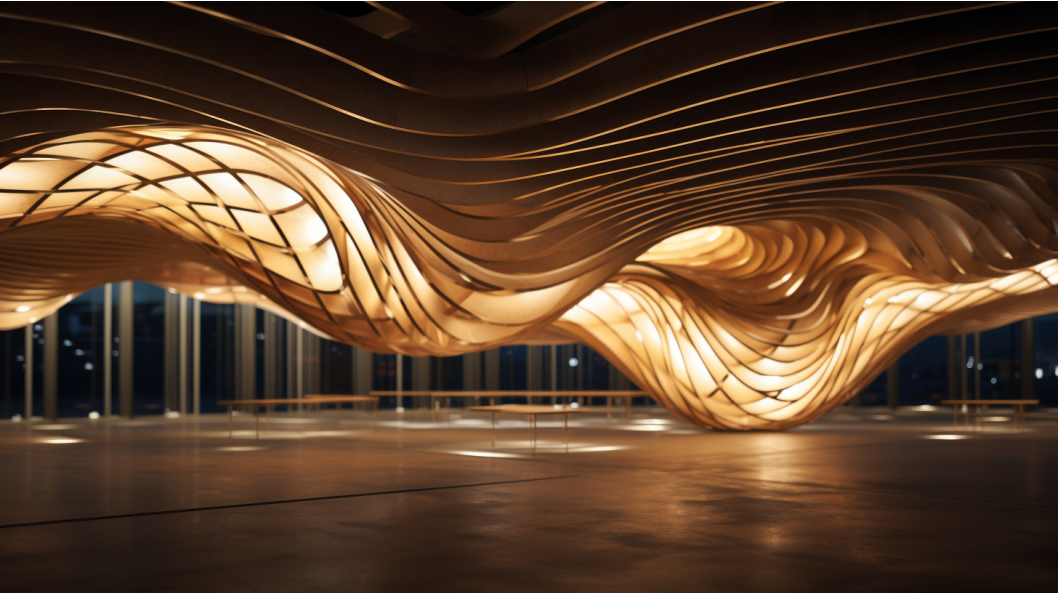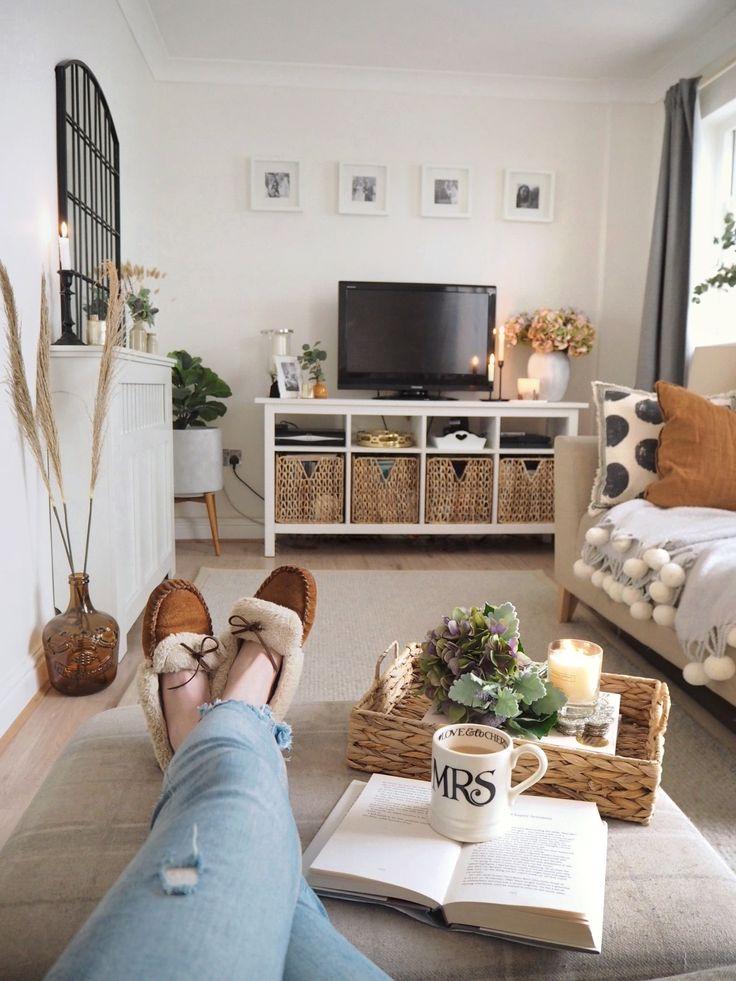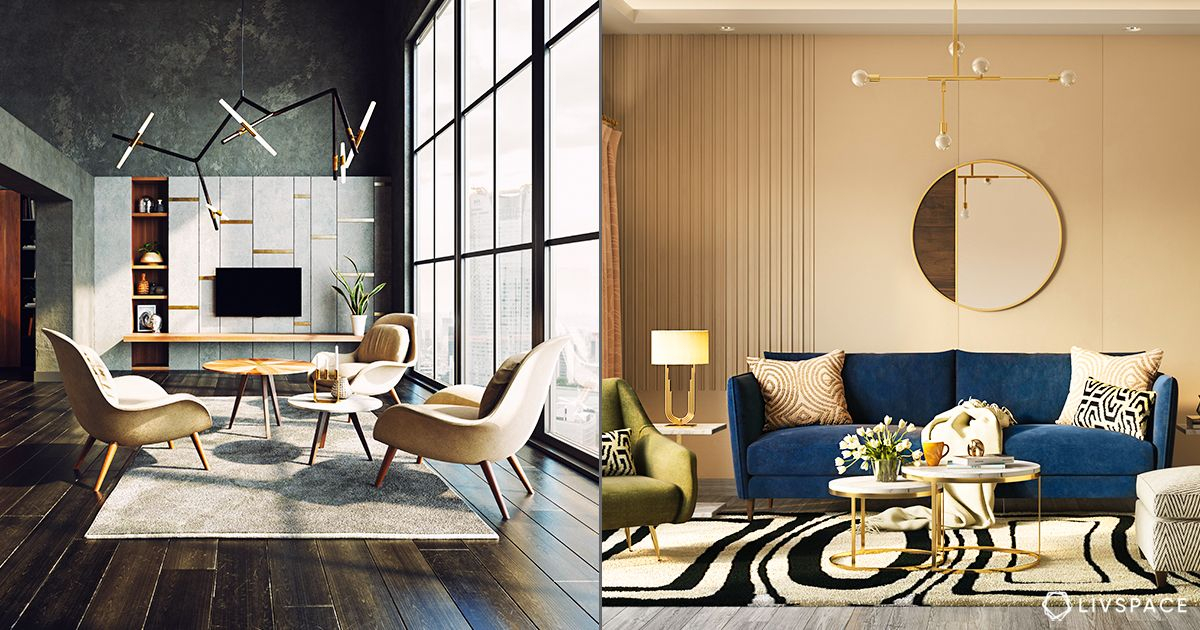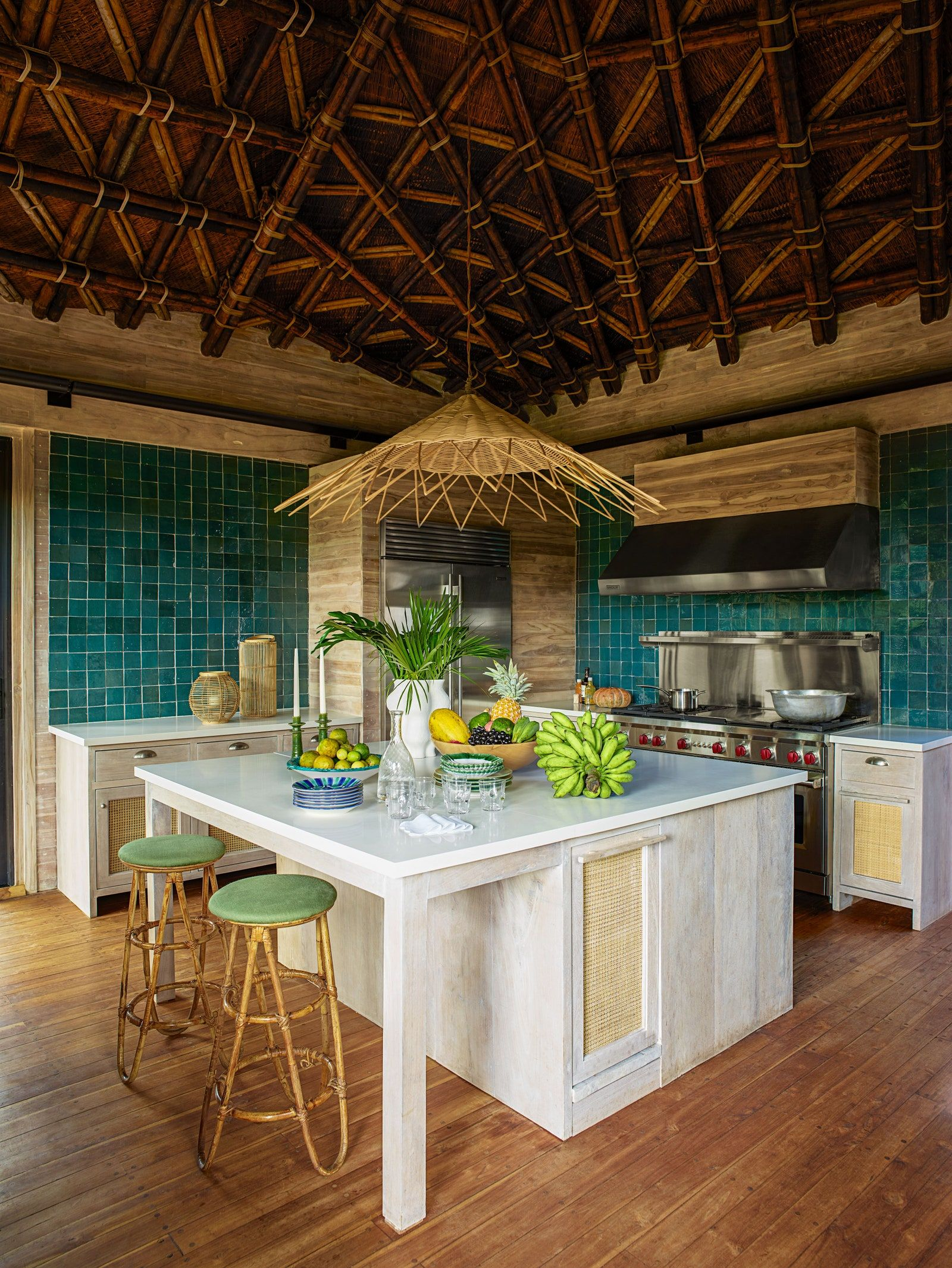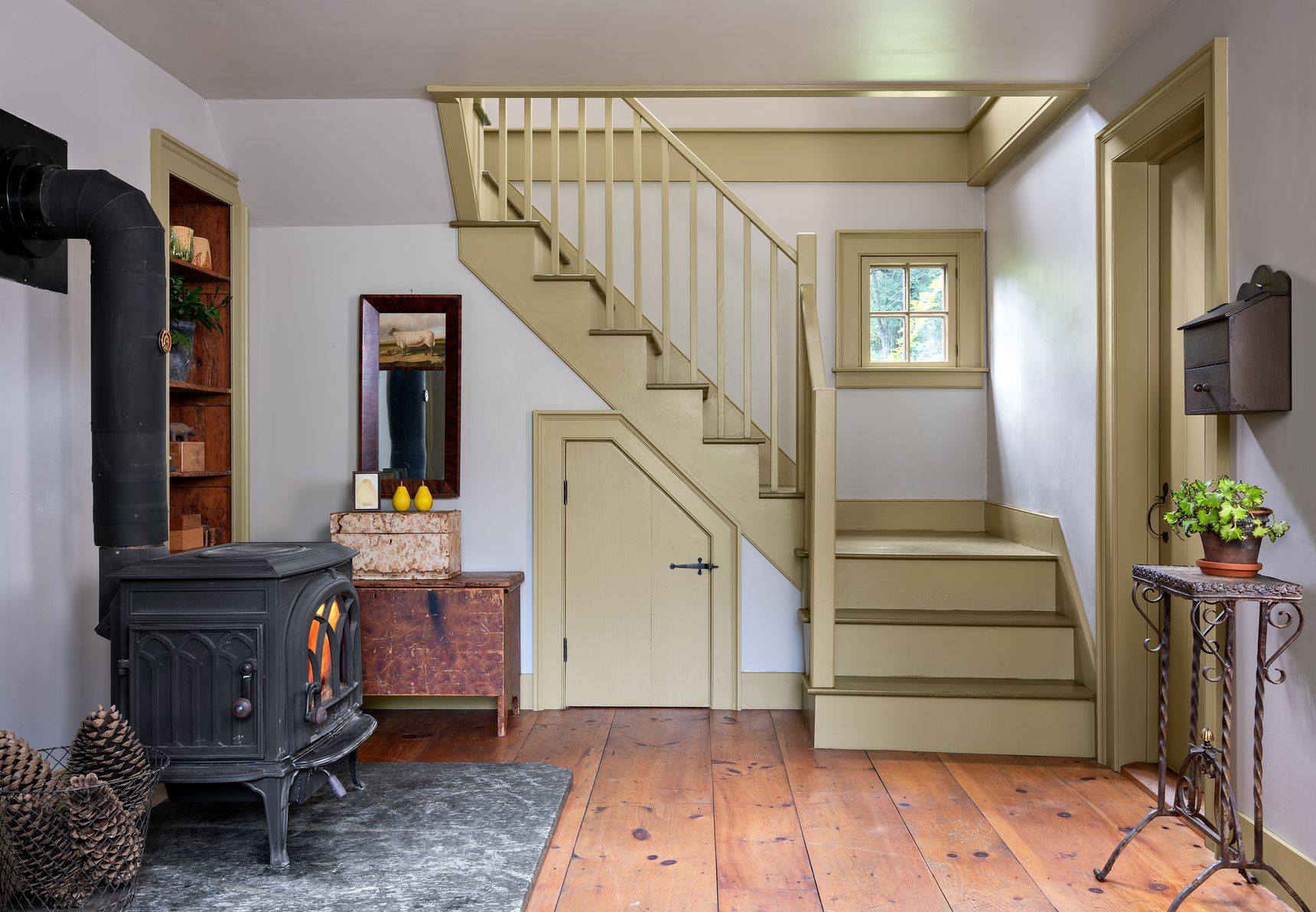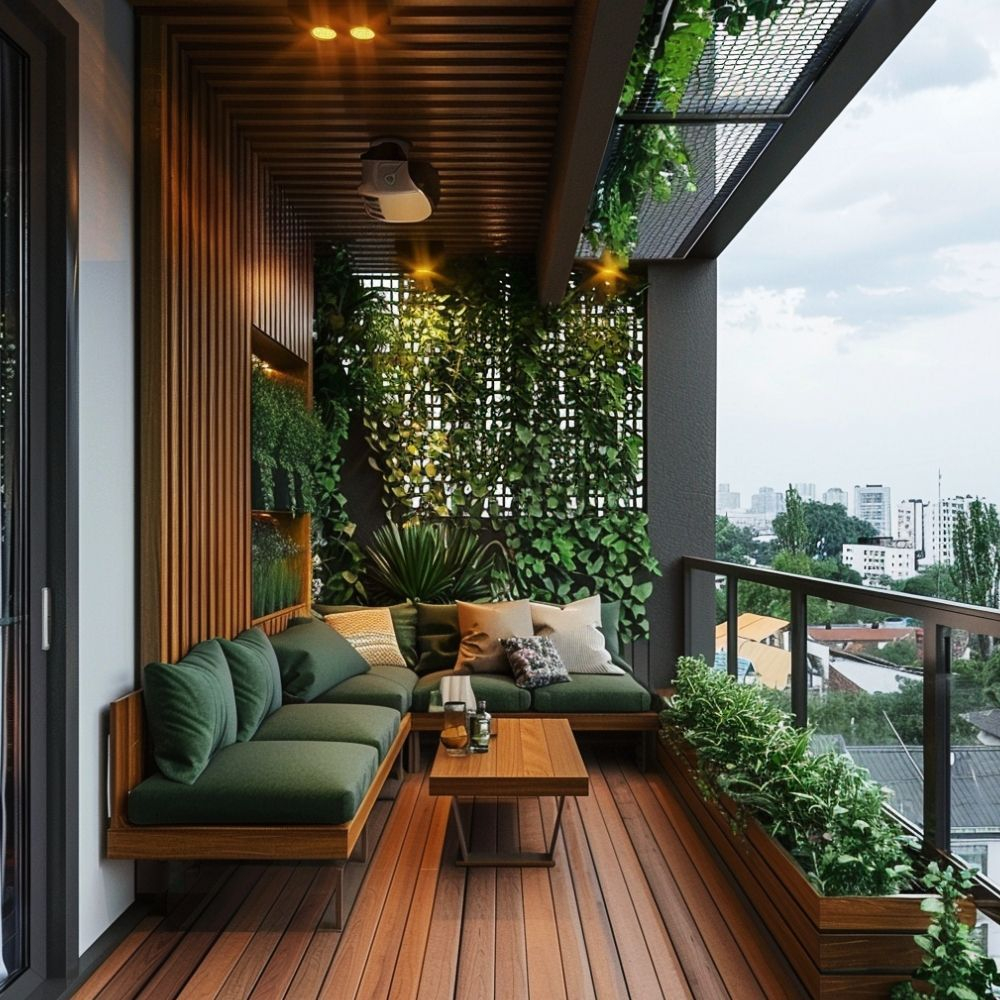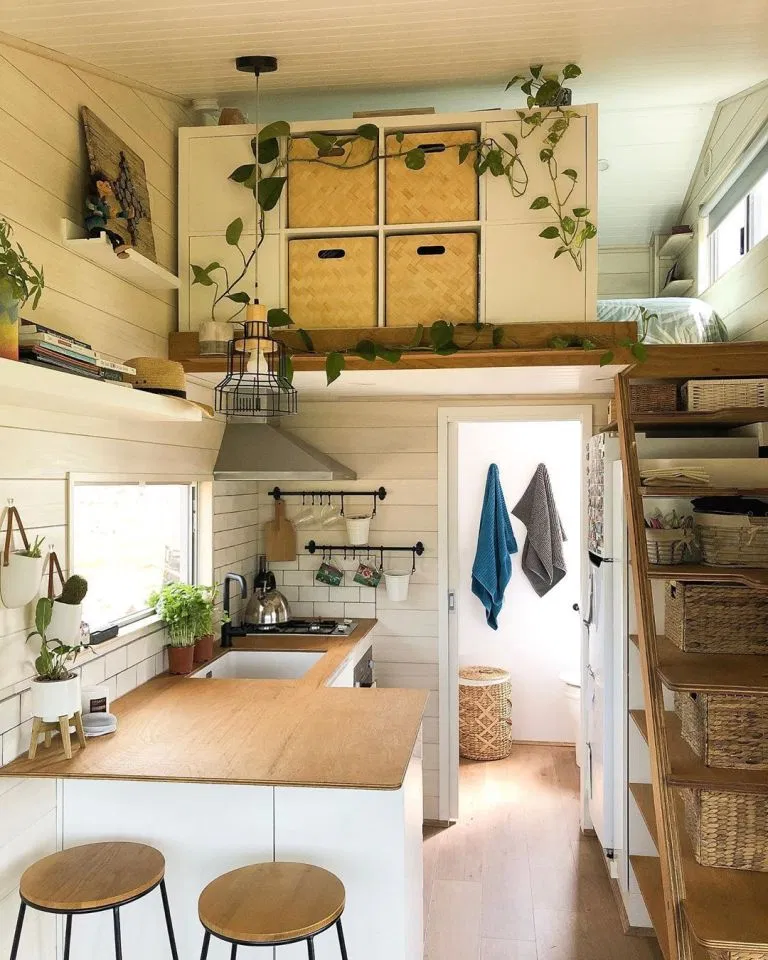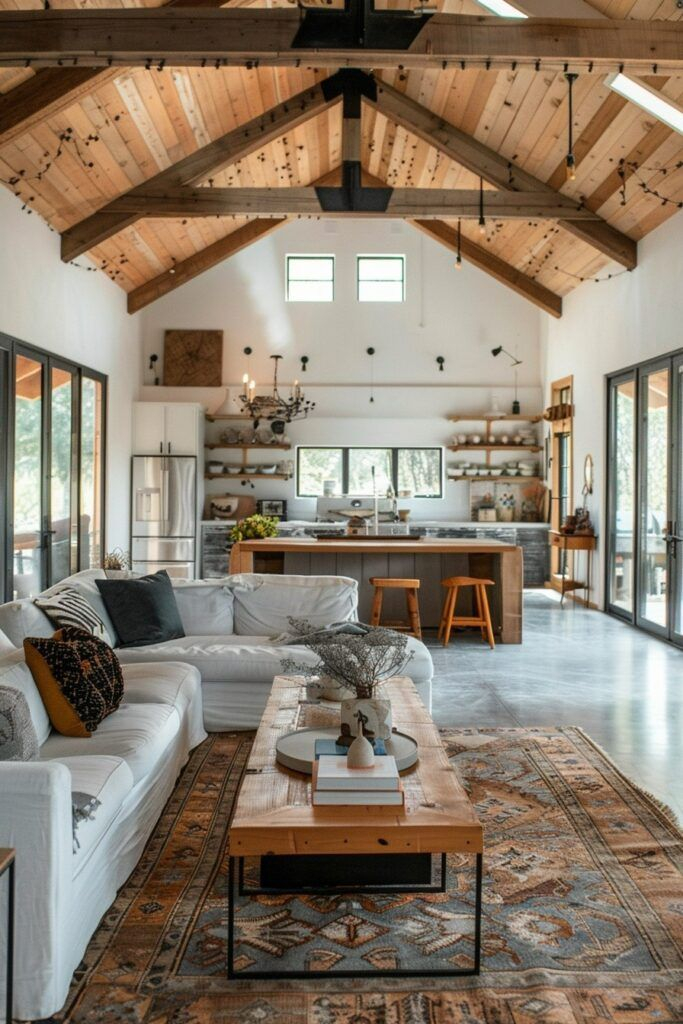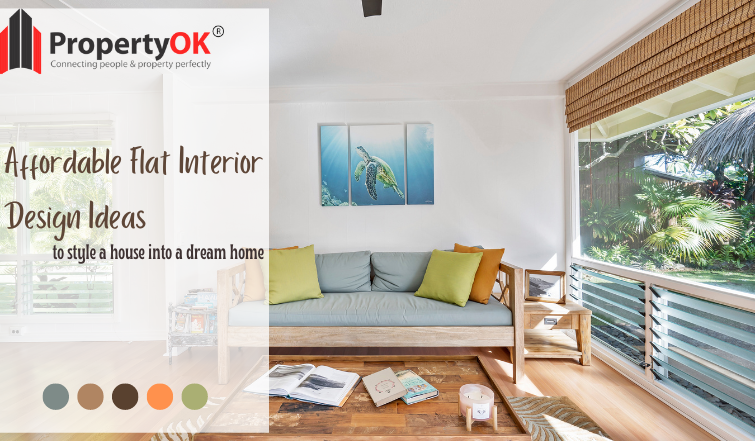Ever walked into a room and felt instantly uplifted? Chances are, it was the natural light. It’s more than just illumination; it’s a powerful force that shapes our mood, our health, and the very feel of our living spaces. This guide dives deep into how you can harness the magic of daylight to create a home that truly glows.
We often talk about paint colors and furniture arrangements when we think about home design, but what about the most fundamental element of all: light? Specifically, natural light. It’s the free, ever-changing, and utterly transformative element that can make a small apartment feel expansive or a dreary corner feel inviting. It affects our sleep cycles, our productivity, and even our overall happiness. So, why don’t we pay more attention to it? Let’s change that. We’re going to explore how to invite more of this glorious sunshine into your abode and reap its many benefits.
More Than Just Brightness: The Well-being Connection
It’s not just about seeing better. Natural light plays a crucial role in our biological rhythms. Ever notice how you feel more energized on a sunny day? That’s your body responding to sunlight, which helps regulate your circadian rhythm – your internal clock. This regulation is key for better sleep, improved mood, and increased alertness. Studies have even shown that exposure to natural light can help alleviate symptoms of seasonal affective disorder (SAD) and boost overall mental well-being. Think of it as a mood booster that’s built right into your home.
Maximizing Your Home’s Natural Light Potential
So, how do we actually get more light in? It’s often simpler than you think. First, declutter your windows. Heavy drapes and blinds can block a surprising amount of light. Opt for sheer curtains, blinds that can be fully retracted, or even just keep them open during daylight hours. Think about your furniture placement too. Avoid blocking windows with large pieces of furniture. Arrange seating areas to take advantage of window views and light. And don’t forget mirrors! Placing them opposite windows can reflect light deeper into a room, creating an illusion of more space and brightness. For instance, a well-placed mirror in a dim hallway can make a world of difference.
Strategic Design Choices for Lasting Luminosity
Beyond simple adjustments, consider some design choices that amplify natural light. Light paint colors on walls and ceilings are a classic for a reason – they reflect light effectively. Whites, creams, and pale pastels can bounce sunlight around, making spaces feel airier and more open. Glossy or satin finishes on walls and furniture can also help. Choosing interior doors with glass panels or even installing skylights and sun tunnels in darker areas can dramatically increase the amount of natural light reaching interior spaces. Even something as simple as choosing lighter-colored flooring can contribute to a brighter feel.
The Energy Efficiency Advantage
Let’s talk about the practical side. Harnessing natural light isn’t just good for your mood; it’s good for your wallet and the planet too. By reducing your reliance on artificial lighting during the day, you consume less electricity. This translates to lower energy bills and a smaller carbon footprint. Consider orienting your main living areas to face south (in the Northern Hemisphere) to maximize passive solar gain in winter for warmth and light, and use appropriate shading to prevent overheating in summer. It’s a win-win for comfort and sustainability.
Overcoming Challenges: Dealing with Glare and Overheating
Of course, too much of a good thing can sometimes be… well, too much. Direct, harsh sunlight can cause glare, making it uncomfortable to work or relax, and it can also lead to fading of furniture and artwork. Overheating can be an issue, especially in warmer months. The solution? Smart shading. Consider installing exterior awnings, interior blinds or shades made of UV-filtering materials, or even planting deciduous trees outside your windows. These provide shade in the summer when their leaves are present but allow sunlight through in the winter when the leaves have fallen. Window films are another option that can reduce glare and UV rays without significantly blocking light.
Creating Ambiance: Layering Light for a Harmonious Home
Natural light is the star, but it doesn’t mean artificial light is the villain. The key is to create a harmonious balance. Layering different types of light – ambient, task, and accent – allows you to complement the natural light and extend its benefits into the evening. Use dimmer switches so you can adjust the intensity of your artificial lights to match the mood and the available natural light. Think about the color temperature of your bulbs too; warmer tones can create a cozy atmosphere, while cooler tones can mimic daylight. The goal is to create a seamless transition from day to night, ensuring your home always feels comfortable and inviting.
Bringing more natural light into your home is a journey, not a destination. It’s about making conscious choices, from how you arrange your furniture to the paint color you select. The rewards – improved mood, better sleep, energy savings, and a more beautiful, welcoming living space – are truly profound. So, open those curtains, clean those windows, and let the transformative power of natural light illuminate your life. Your home, and your well-being, will thank you for it. It’s a simple, yet powerful, way to unlock a more luminous and joyful way of living.

